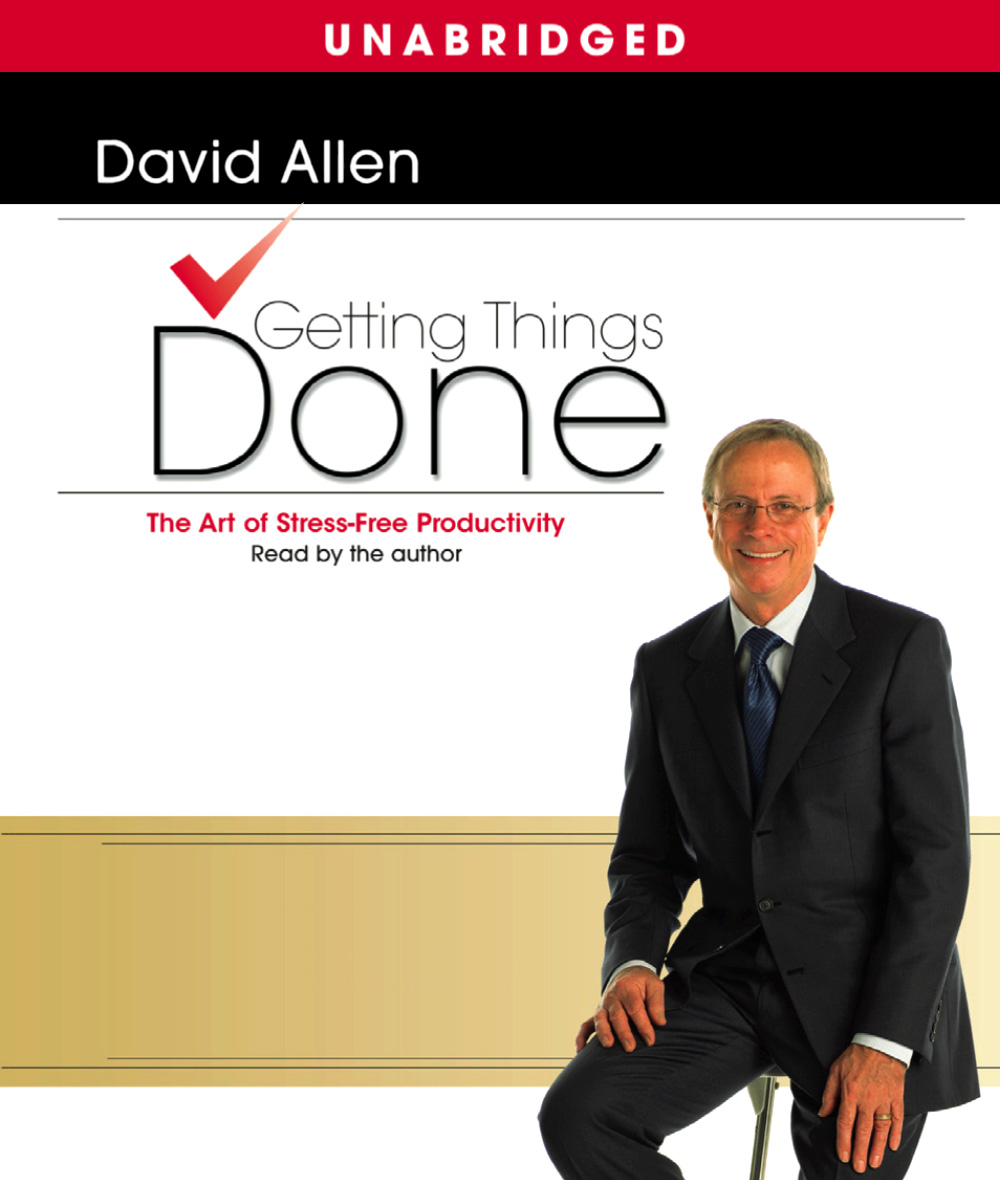
Iron Lady Margaret Thatcher famously proclaimed "Plan your work for today and every day, then work your plan". Effective and efficient plan is crucial for making projects happen. However, we do fail to make plan that works. Partly because while planning we lose connection with a significant part of our brain. However, there are ways to overcome this constraint. One of the ways is to make your planning natural. Internalize.

David Allen, in his treasure trove book ‘Getting things done’, gives us a brilliant meditation & insight on natural planning. David comes up with a five step model of planning that he named Natural Planning model.
David starts;
A systematic and subjective way of doing things can make the projects creatively done. The most important part for making a project successful is depend on how effective and efficiently the planning is done and how innovative the planning is? There are two particular types of planning. One is natural planning and other is unnatural planning.
The most experienced planner in the world is our brain.
Natural planning refers to do planning according to the way our brain complies usually which is served accordingly the following process:
1. Defining purpose &principles
Simple, clear purpose & principles give rise to complex and intelligent behavior. Complex rules & regulations give rise to simple & stupid behavior. – Dee Hock.
Before planning about a project, it should clarify the purpose of planning through answering the question “WHY?”
The answer can be helpful as following:
a. It will define success
b. It will create decision-making criteria
c. It will align resources
d. It will motivate
e. It will clarify focus
f. It will expand the options.
There should be specified principles which can give a good starting point for defining standards.
2. Outcome Visioning
The second essential thing is visualizing the outcomes from the planning of that particular project. Purpose & principles furnish the impetus and the monitoring, but vision provides the actual blueprint of the final result. This is the “WHAT?” instead “WHY?”
3. Brainstorming
The best way to get a good idea is to get lots of ideas – Linus Pauling.
The more the ideas, the more the effective & sorted ideas. From a large pool of ideas, it will be easy to find out the gist, firm and credential ideas through the things like mind-mapping, clustering, patterning, webbing and fish-boning.
4. Organizing
Organizing usually happens to identify components and sub-components, sequences or events and/or priorities. The key steps of organizing are as follows:
a. Identify the significant pieces
b. Sort by:
Components
Sequences
Priorities
c. Detail to the required degree.
5. Identifying next actions
The final stage of planning comes down to decisions about the allocation and reallocation of physical resources to actually get the project moving. The question is to ask here, “What’s the next action?”
_____________________________________________________________________________________
About Author: Ibrahim is an undergrad student at the University of Dhaka and currently working as an Intern at Future StartUp.
